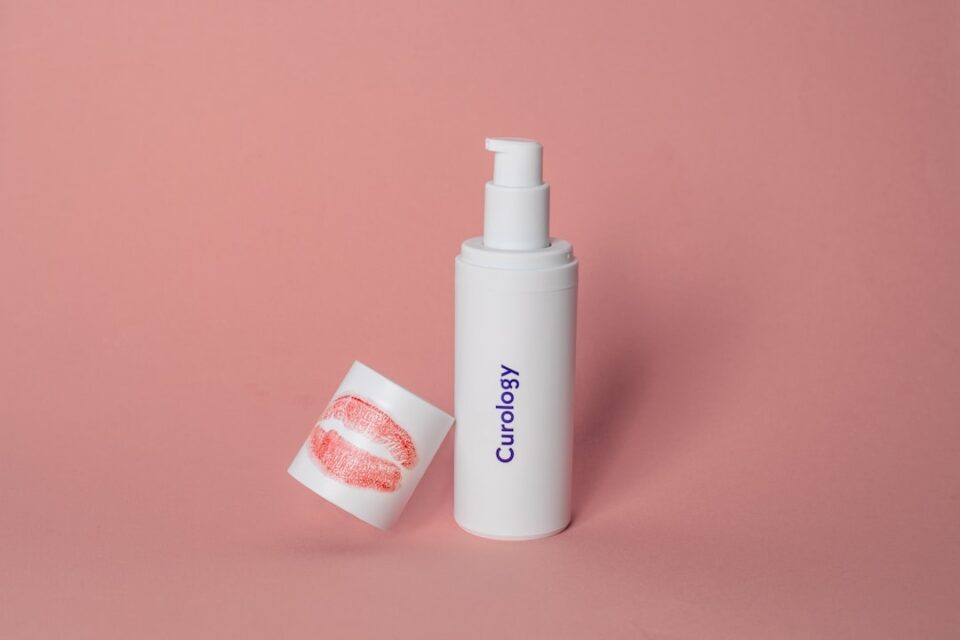The Evolution of Beauty: Historic Beauty Products and Practices
Beauty has always been an important aspect of human culture, and throughout history, people have used various products and practices in their pursuit of it. Today, we have an array of cosmetics and skincare products at our disposal, but it is fascinating to explore how beauty standards and the means to achieve them have evolved over time. Let us embark on a journey through the ages and delve into the historic beauty products and practices that were once heralded as the epitome of beauty.
Ancient civilizations had their own unique beauty rituals that were often rooted in cultural traditions and beliefs. The Egyptians, for example, were renowned for their elaborate beauty routines. They used various natural ingredients such as honey, olive oil, and crushed beetles to create pigments and ointments for their makeup. Kohl, made from powdered lead and antimony, was used to accentuate the eyes and provide protection against the sun’s glare.
Moving forward to ancient Greece, physical beauty was highly valued, especially in the case of women. They adorned themselves with a paste made of starch and water to whiten their skin, indulged in perfumes made from exotic ingredients, and even used lead-based cosmetics to lighten their faces. The Romans also followed suit, employing lead-based cosmetics and bleaching their skin with a mixture of barley and bean flour.
Skipping ahead to the Renaissance period, the concept of beauty became synonymous with pale skin. A fair complexion was viewed as a symbol of wealth and leisure, indicating that one did not have to labor under the sun. This desire for paleness led to the rise of ceruse, a highly toxic mixture of white lead and vinegar that women applied to their faces. In addition to risking their health, women also plucked their eyebrows and hairlines to achieve a higher forehead, considered to be a sign of beauty during this era.
The Victorian era witnessed a shift in attitudes towards beauty. While pale skin still remained popular, women began to favor a more natural look. Subtle makeup applications gained popularity, such as using heated curling irons for wavy hair and creating rouge from fruit juices. They also invested in skincare products like cold creams to combat dryness and preserve their youthful appearance.
Fast forward to the twentieth century and beyond, and we find ourselves in a golden age of beauty products and technological advancements. The discovery of new ingredients and scientific breakthroughs have revolutionized the beauty industry. Cosmetics have become more widely accessible, with a focus on skincare, haircare, and makeup products that cater to diverse needs and preferences.
Furthermore, the concept of beauty itself has become more inclusive. Standards have evolved to embrace diversity, with newfound appreciation for natural features and an emphasis on self-love and individuality. The beauty industry has responded accordingly, with an influx of products designed for a wide range of skin tones, hair textures, and body types.
In conclusion, the evolution of beauty products and practices throughout history has been a fascinating reflection of society’s changing values and beliefs. From the toxic concoctions of ancient civilizations to the modern-day innovations in the beauty industry, humans have always sought to enhance their appearance. The journey from lead-based cosmetics to inclusive beauty has been a remarkable one, highlighting our ever-growing understanding of what it means to be beautiful. As we continue to progress, it is essential to celebrate and embrace the diversity of beauty, ultimately fostering a more inclusive and empowering vision of ourselves.

